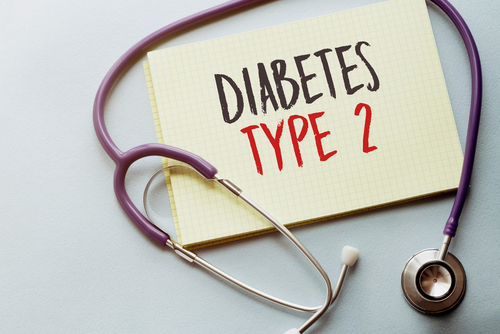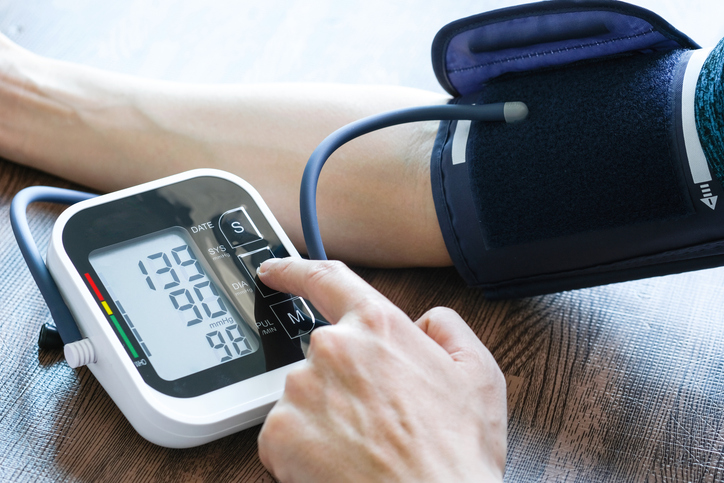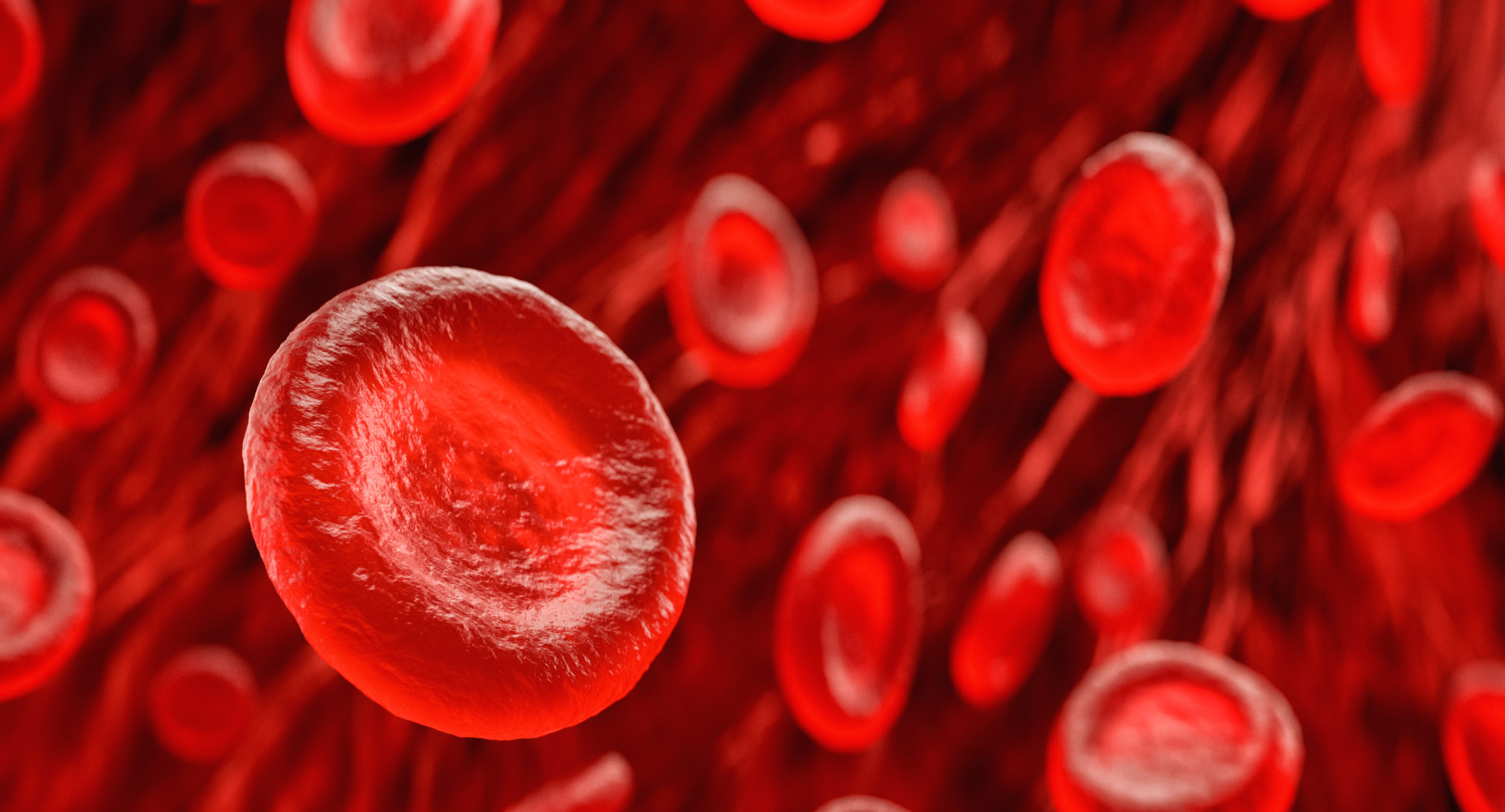
Results of recent studies have suggested that patients with diabetes may have low zinc intake associated with unbalanced diet and changes in lifestyle. Mitsunobu Kubota, MD, and colleagues conducted an analysis to examine serum zinc concentration in patients with diabetes stratified by nephropathy stage. Results were reported online in BMC Nephrology [doi:10.1186/s12882-022-03040-x].
The study enrolled 277 patients with diabetes; of the 277, 119 were male, 108 were female, and mean age was 65.7 years. Eligible patients were hospitalized for diabetes treatment associated with poor blood glucose control. The researchers sought to examine the relationship between fasting serum zinc concentration and estimated glomerular filtration rate (eGFR) and urinary albumin-to-creatinine ratio. Additional end points included serum zinc concentration by stage of diabetic kidney disease and chronic kidney disease.
In the study cohort, mean hemoglobin A1c value was 10.5. Serum zinc concentration was 75.5 µg/dL in males and 75.7 µg/dL in females; there was no gender difference and no significant relationship with diabetes type.
There was a negative correlation between serum zinc concentration and age (r=–0.309; P<.001) and a positive correlation between serum zinc concentration and eGFR (r=0.144; P=.030). There was a tendency toward decrease in serum zinc concentration following overt nephropathy: 76.4 µg/dL in prenephropathy (stage 1, n-=131), 78.5 µg/dL in incipient nephropathy (stage 2, n=65), 66.4 µg/dL in overt nephropathy (stage 3, n=25), and 65.7 µg/dL in kidney failure (stage 4, n=6).
There was a negative trend with serum zinc and eGFR (P=.004) and significant reduction in albuminuria, with stage A3 (n=29, 65.7 µg/dL) having lower levels than A1 (n=131, 76.4 µg/dL, P=.001) and A2 (n=67, 78.4 µg/dL, P<.001).
In summary, the authors said, “In diabetic patients, serum zinc concentration tended to decrease as age increased and also as renal function deteriorated. This study suggest that consideration of zinc deficiency is necessary in patients with overt albuminuria.”







 © 2025 Mashup Media, LLC, a Formedics Property. All Rights Reserved.
© 2025 Mashup Media, LLC, a Formedics Property. All Rights Reserved.